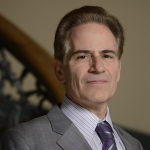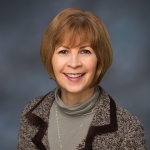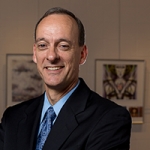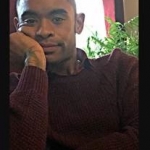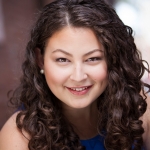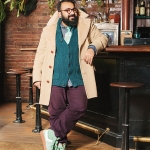
Ms. Argy Nestor
Leaning In With the Arts
Posted by May 09, 2018

Ms. Argy Nestor
Whatever your role is in arts education, the challenges of the world and today’s issues are seeping into our work (and even our play), much more than they did even a year ago or five years ago. Each day educators interact with young people facing challenges like food insecurity, immigration, and deportation issues, social or emotional health, fear of school shootings, sexual and gender orientation, just to name a few. In addition, teachers are challenged with standards, assessments, student behaviors, media literacy, school climate, student engagement, and much more. Many of these topics are intertwined. The issues weigh on our minds. I am hopeful that the arts will help us not only get through this difficult period but make us stronger!
Read More

